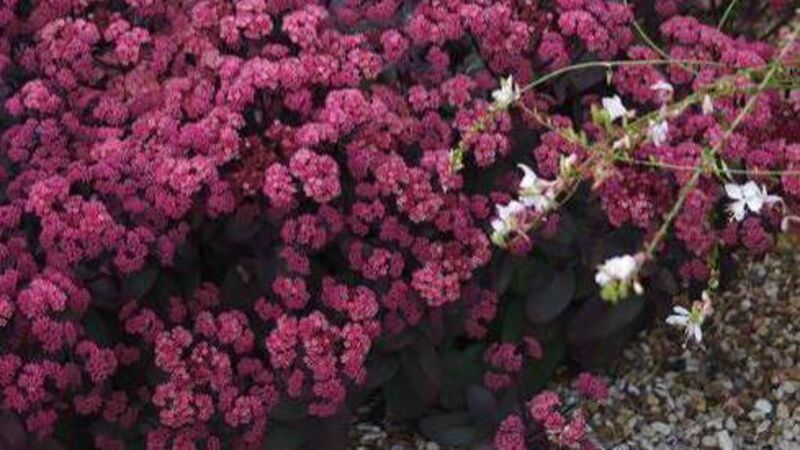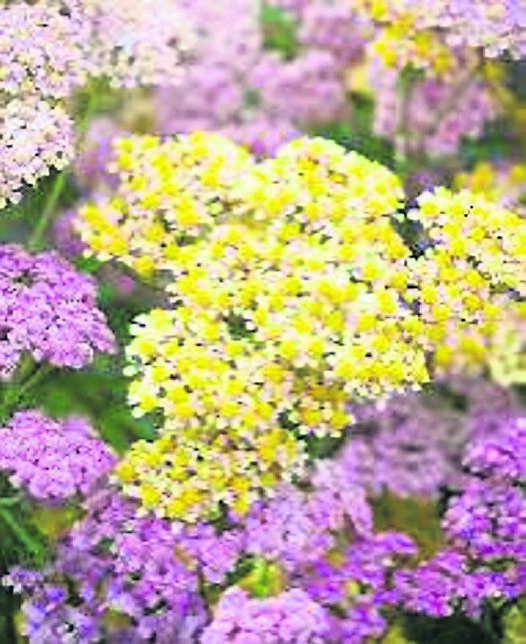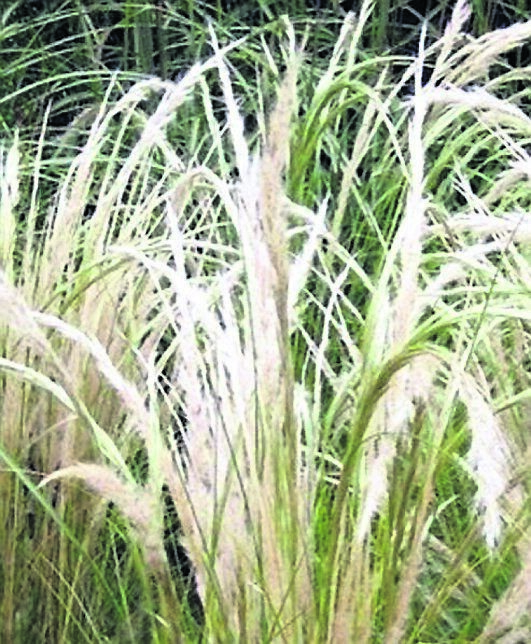In the garden: Now is time to give consideration to the plants that suit our summers

Hylotelephium’Karfunkelstein’ with Oenothera lindheimeri appearing on the right
Temperatures are falling back, particularly in the early morning and evening time, and there is most definitely a feeling of autumn in the air, as kids go back to school and routines become the order of the day once more this September.
Yarrow,a native wildflower in Ireland, and Achillea millefolium ‘Pastels Mix’ provides a range of pastel colours from white, pink, yellow and purple.

Growing native flowers is great to support our native insects and these tough perennial plants will continue flowering in drought conditions and survive without watering.
Sedums, or Hylotelephium as they are now known, are a great addition to the garden, particularly in autumn when some of the later flowering varieties like ‘Herbtsfreude’ or ‘Karfunkelstein’ start to colour up and make their presence felt.
Oenothera lindheimeri, bee blossom or Gaura, was recently renamed after some taxanomic reclassification. Native to southern central America, specifically Texas and Louisiana, which both have hot and humid summers. This plant is a magnet for pollinators in the garden and produces light and airy flowers from May into September. It brings movement and pollinators into the garden as it dances in the wind.
Agapanthus are native to south Africa and are very tolerant of warm and dry weather with their thick and fleshy roots. Full sun and a free draining soil will suit them well and result in plenty of flowering umbels in blue and white during the summer months.
Echinacea, or coneflower, is native to eastern North America where it grows in wet and dry prairie settings. Considered hardy perennials, they will grow well in full sun given a free draining soil and can cope well with drought situations.

It can get to almost a metre in height and has a more upright growth habit. It will do best in full sun on a free draining soil and these grasses really come into their own during periods of drought when the flowers become bleached white and stand out among herbaceous planting.







 App?
App?


